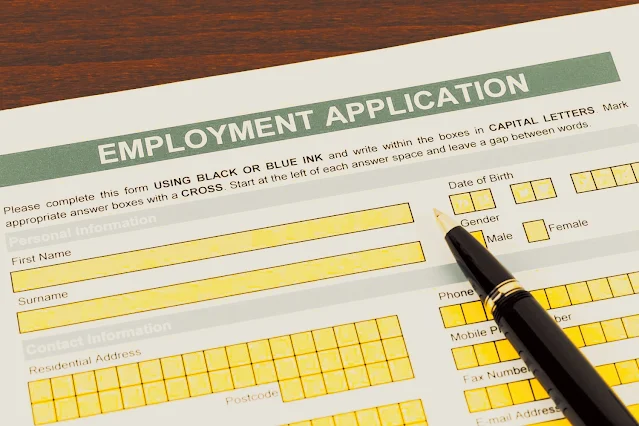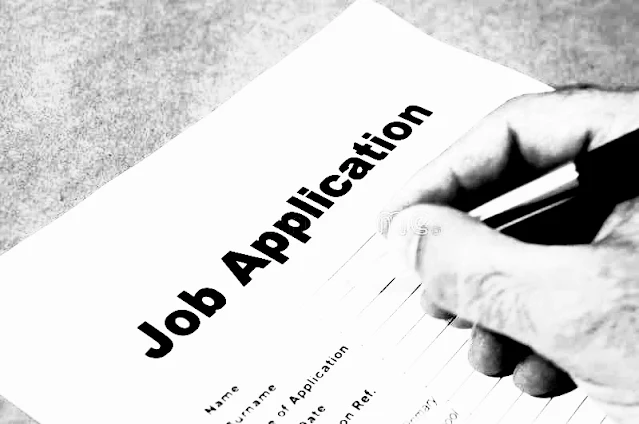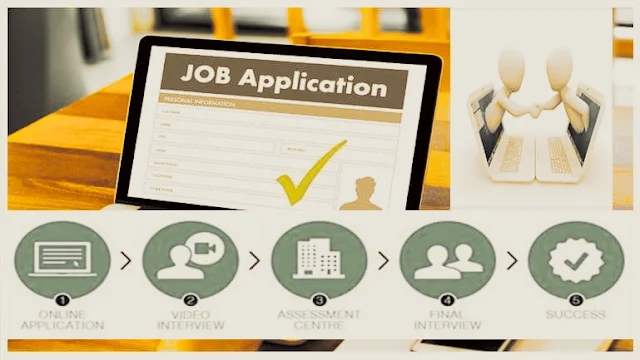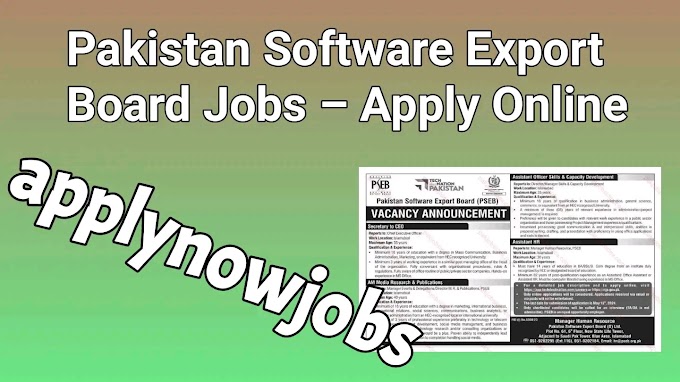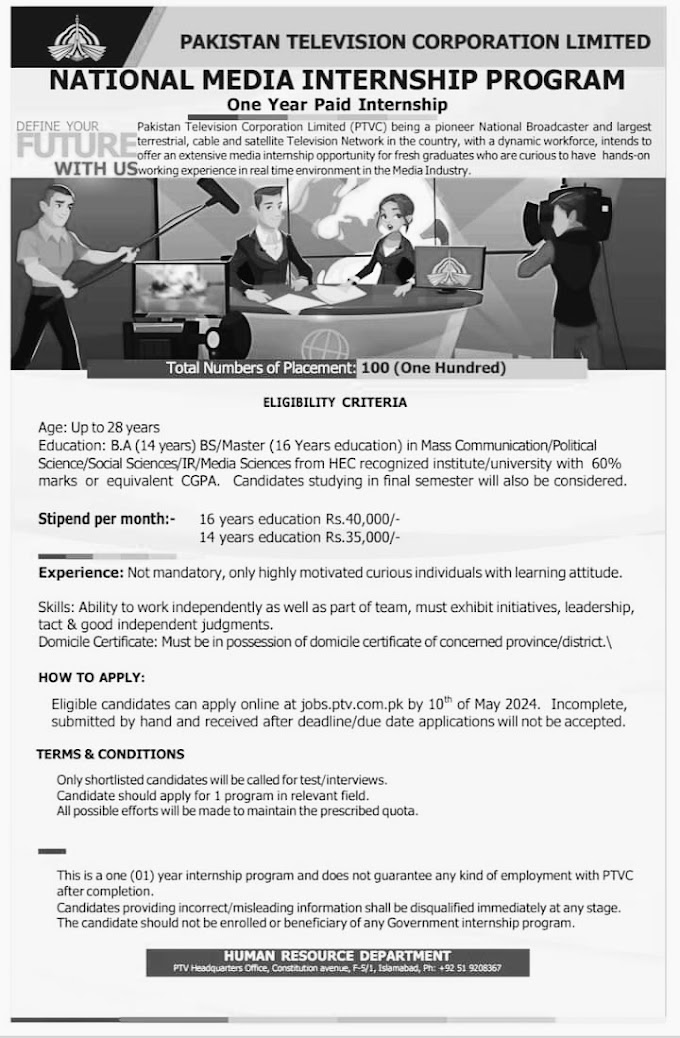Job Application
Mastering the Art of Job Applications: A
Comprehensive Guide to Success
In the competitive landscape of the job market, where opportunities abound but competition is fierce, the art of crafting an impeccable job application has never been more critical. Your application is often the first point of contact with potential employers, and making a lasting impression requires a strategic approach. In this comprehensive guide, we will delve into the intricacies of job applications, offering valuable insights and practical tips to elevate your application game.
🔎 The Foundation: Crafting a Compelling Resume
Your resume serves as your professional calling card, providing employers with a snapshot of your qualifications, experience, and achievements. Here's how you can ensure it stands out:
1. Tailor Your Resume: Customize your resume for each job application. Highlight relevant skills and experiences that align with the specific requirements of the position.
2. Professional Formatting: Present your information in a clean, organized format. Use clear headings, bullet points, and a professional font to enhance readability.
3. Quantify Achievements: Where possible, quantify your achievements. Numbers and percentages add credibility and make your accomplishments more tangible.
4. Include a Strong Summary: Begin your resume with a compelling summary that encapsulates your key strengths and career objectives. This provides employers with a quick overview of your professional identity.
🔎 Crafting a Standout Cover Letter
While the resume outlines your professional journey, the cover letter allows you to communicate your personality, enthusiasm, and specific interest in the position. Follow these guidelines to create a compelling cover letter:
1. Address the Hiring Manager: Whenever possible, address your cover letter to the hiring manager by name. This personal touch demonstrates your attention to detail.
2. Showcase Your Fit: Clearly articulate why you are a perfect fit for the position. Align your skills and experiences with the job requirements, and express genuine enthusiasm for the role and company.
3. Tell Your Story: Use the cover letter to narrate your career story. Share experiences that showcase your growth, challenges you've overcome, and how these have shaped you into the ideal candidate.
4. Proofread Thoroughly: A flawless cover letter is non-negotiable. Typos and grammatical errors can undermine your professionalism. Take the time to proofread or ask a colleague for a fresh perspective.
🔎 Navigating the Online Application Process
With the prevalence of online job applications, understanding how to navigate applicant tracking systems (ATS) is crucial. ATS is used by many employers to screen resumes before they reach human eyes. Here's how you can optimize your application for ATS:
1. Use Relevant Keywords: Incorporate industry-specific keywords from the job description into your resume. ATS algorithms are designed to identify these keywords.
2. Simple Formatting: ATS systems may struggle with overly complex formats. Stick to a simple and clean layout to ensure your resume is easily parsed.
3. Submit the Right File Format: Follow the application instructions regarding file formats. PDFs are often preferable as they maintain formatting across different systems.
🔎 The Art of Following Up
Once your application is submitted, don't underestimate the power of a strategic follow-up. Here's how to approach it:
1. Timing is Key: Send a follow-up email within a week of submitting your application. Express your continued interest in the position and inquire about the next steps.
2. Reiterate Your Value: Use the follow-up as an opportunity to reiterate how your skills and experiences align with the needs of the organization.
3. Be Professional: Maintain a professional tone in your follow-up. Avoid being overly persistent or pushy, but demonstrate your proactive approach and genuine interest in the role.
🔎 Preparing for Interviews
Securing an interview is a significant milestone, and preparation is paramount. Consider the following tips:
1. Research the Company: Gain a thorough understanding of the company's values, culture, and recent achievements. This knowledge will help you tailor your responses to align with the organization.
2. Anticipate Questions: Practice responses to common interview questions. This preparation will enhance your confidence and ensure you articulate your thoughts coherently.
3. Highlight Achievements: Be ready to discuss specific achievements and challenges you've faced in previous roles. Use the STAR (Situation, Task, Action, Result) method to structure your responses.
4. Prepare Questions: Develop insightful questions to ask the interviewer. This demonstrates your genuine interest in the position and organization.
🔎 Final Thoughts: Persistence and Adaptability
In the dynamic world of job applications, persistence and adaptability are key. Rejections are part of the process, but learning from each experience can contribute to your growth as a professional. Keep refining your approach based on feedback and evolving market trends.
In conclusion, mastering the art of job applications requires a multifaceted approach. From crafting a compelling resume and cover letter to navigating online applications, strategic follow-ups, and interview preparation, each step plays a crucial role in your journey toward professional success. Remember, it's not just about finding a job; it's about finding the right fit for your skills, aspirations, and values. By approaching each application with diligence and a commitment to continuous improvement, you position yourself as a standout candidate in the competitive landscape of the job market.


